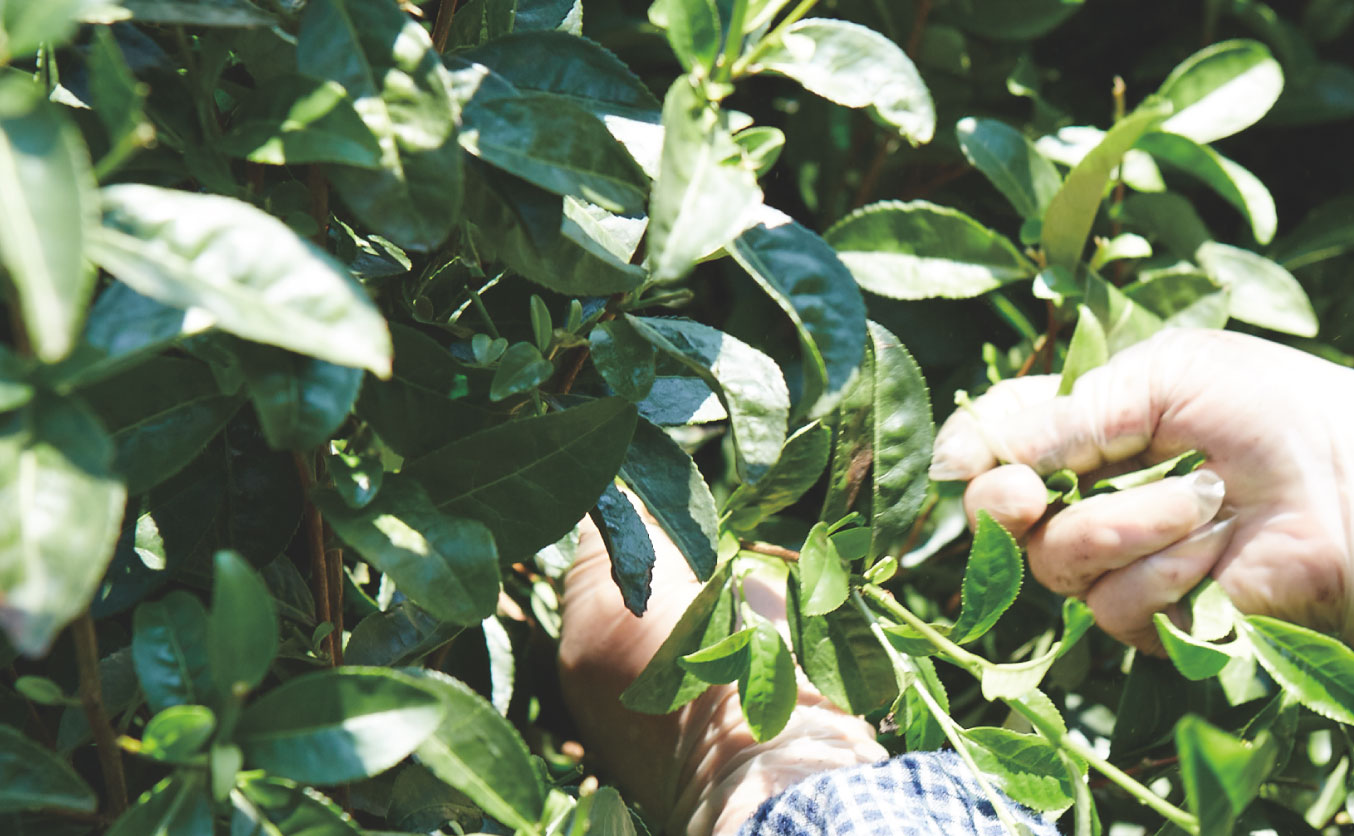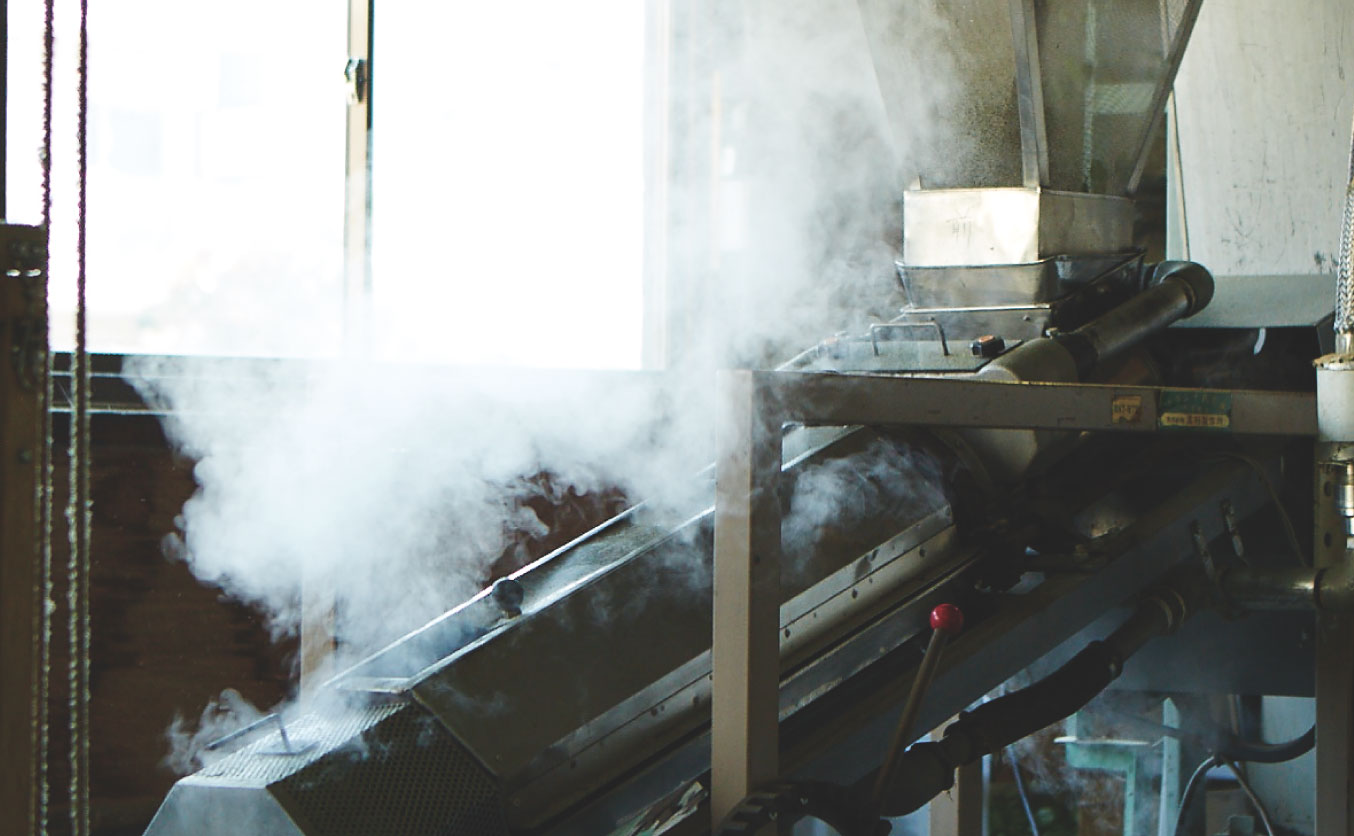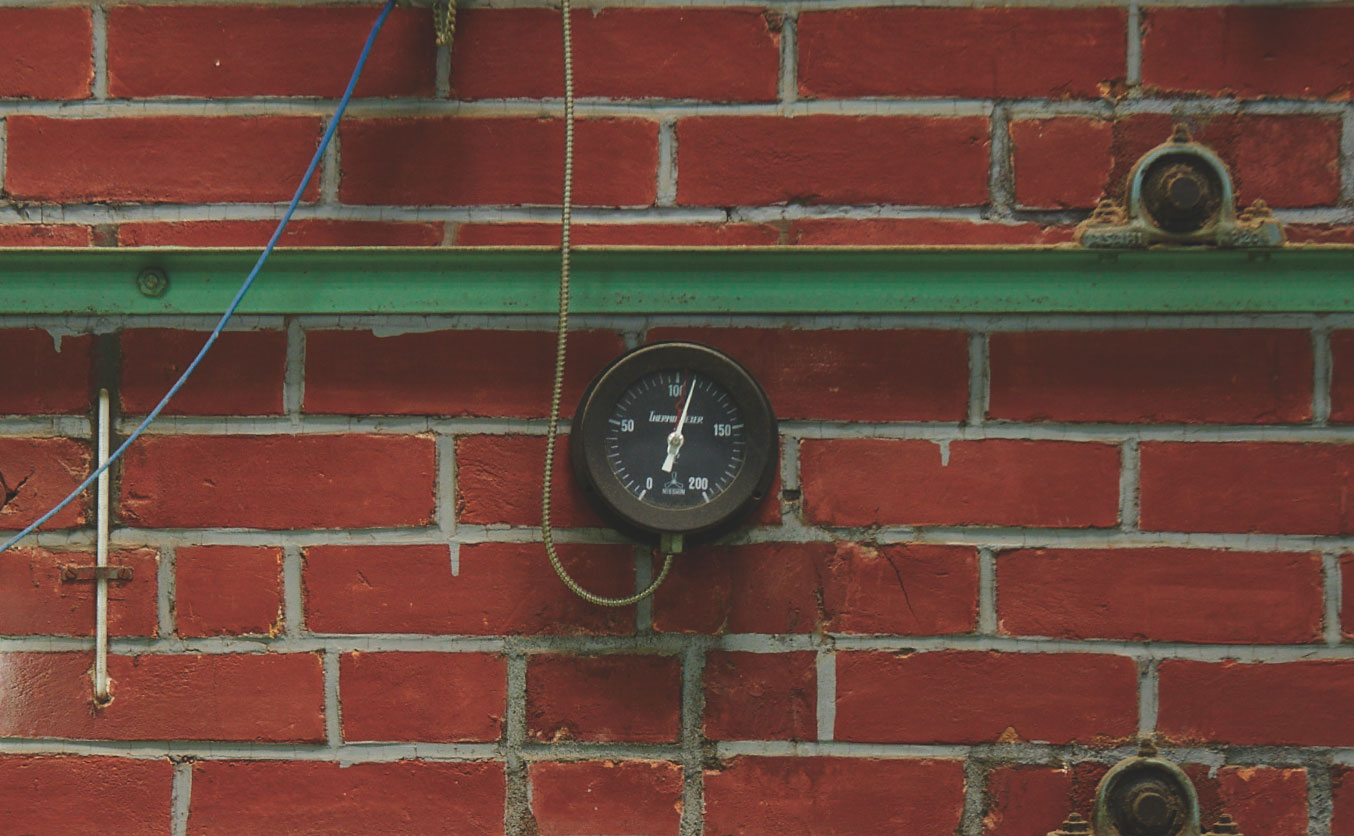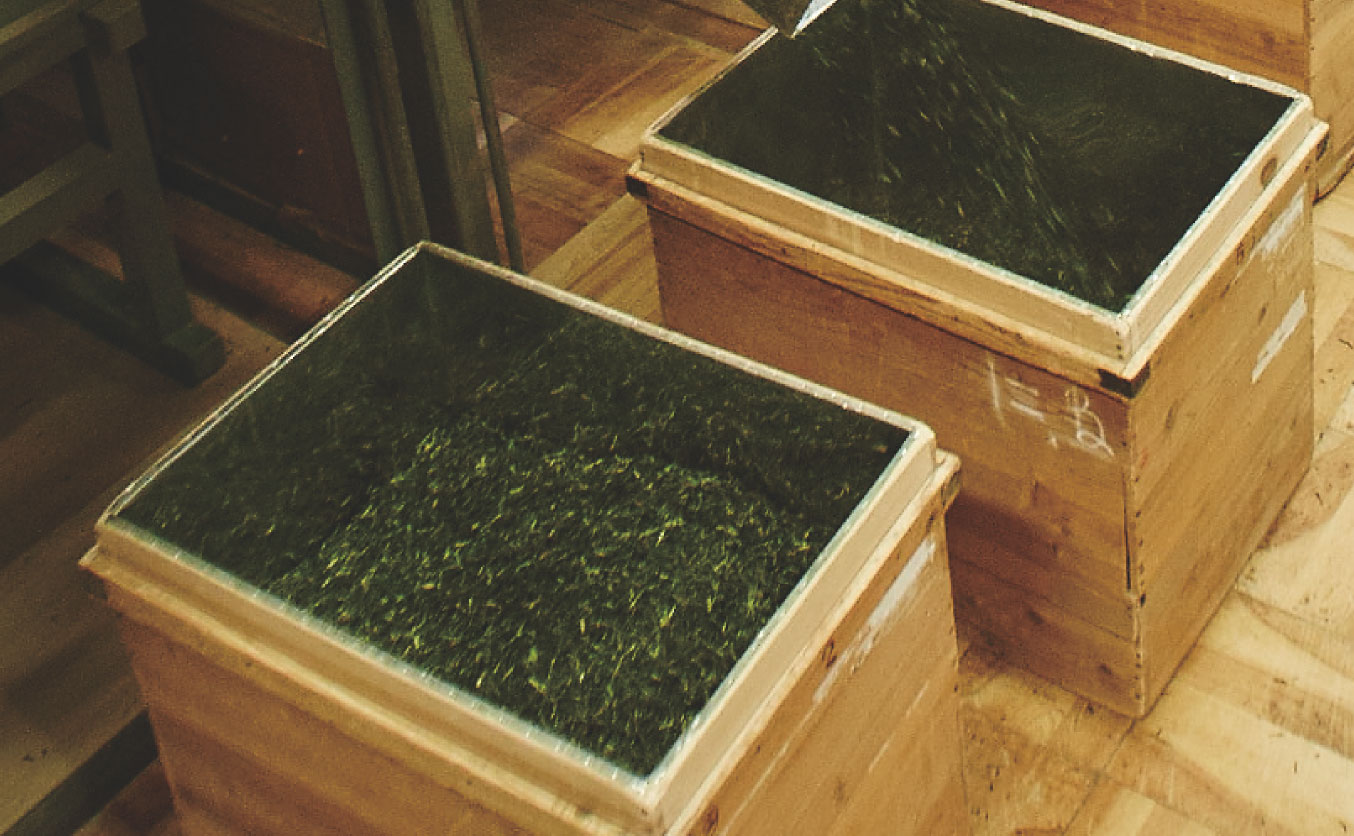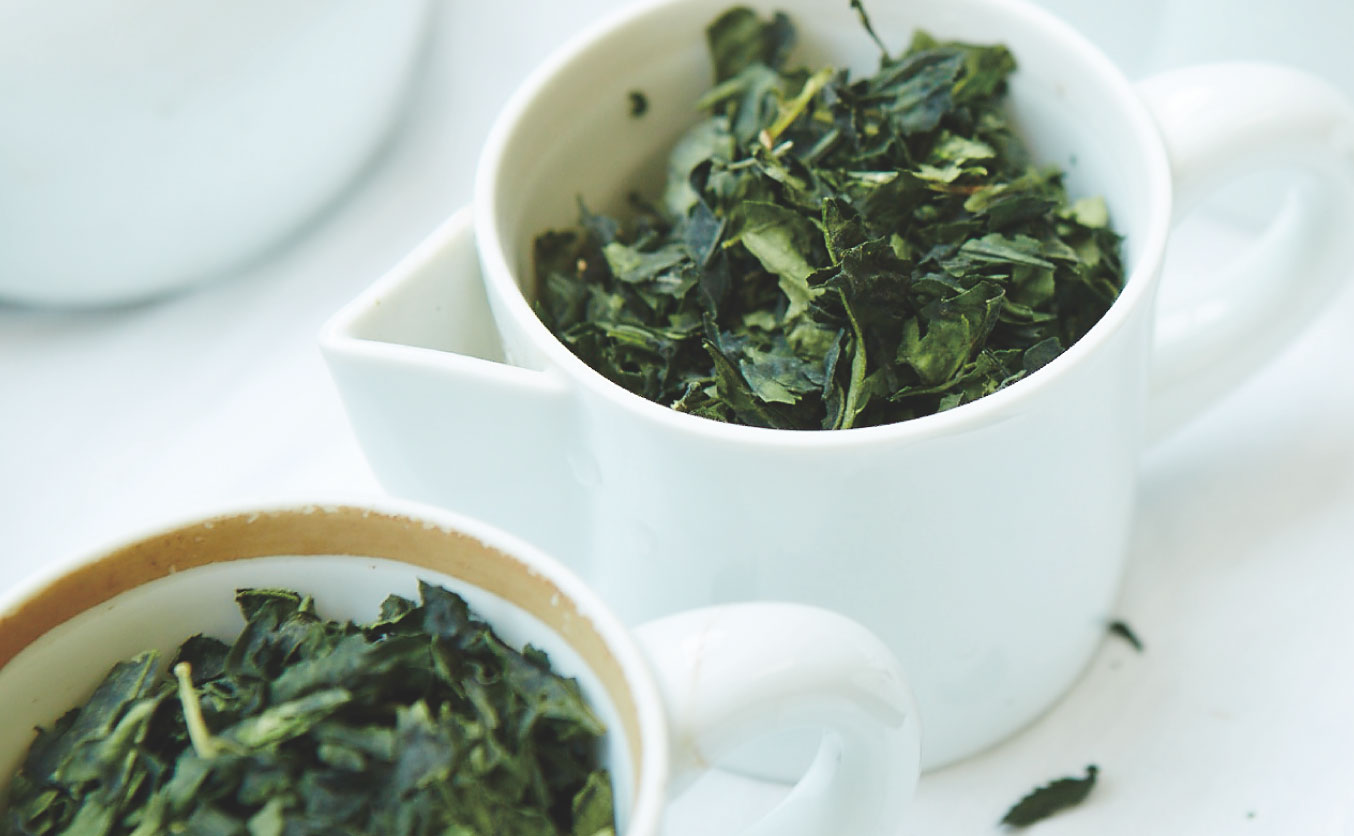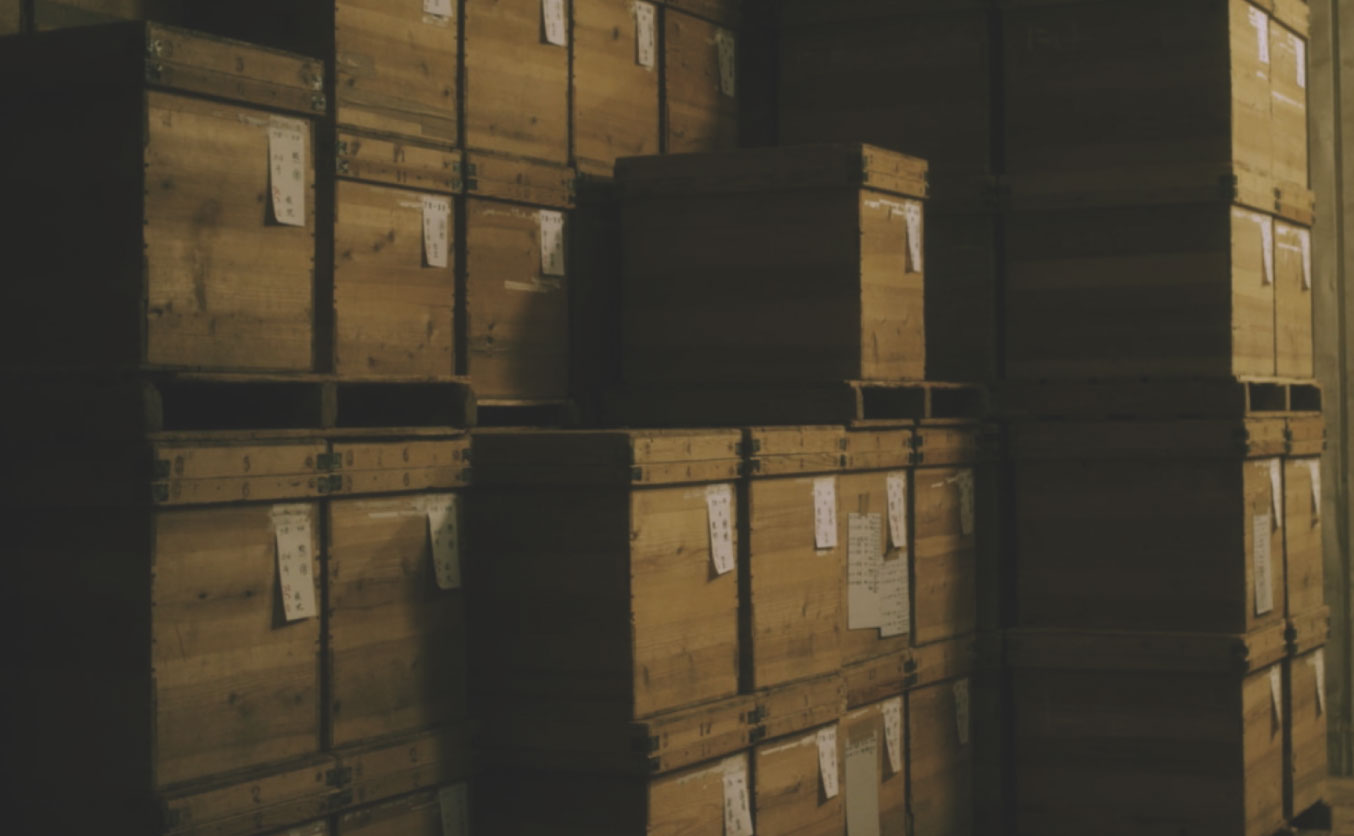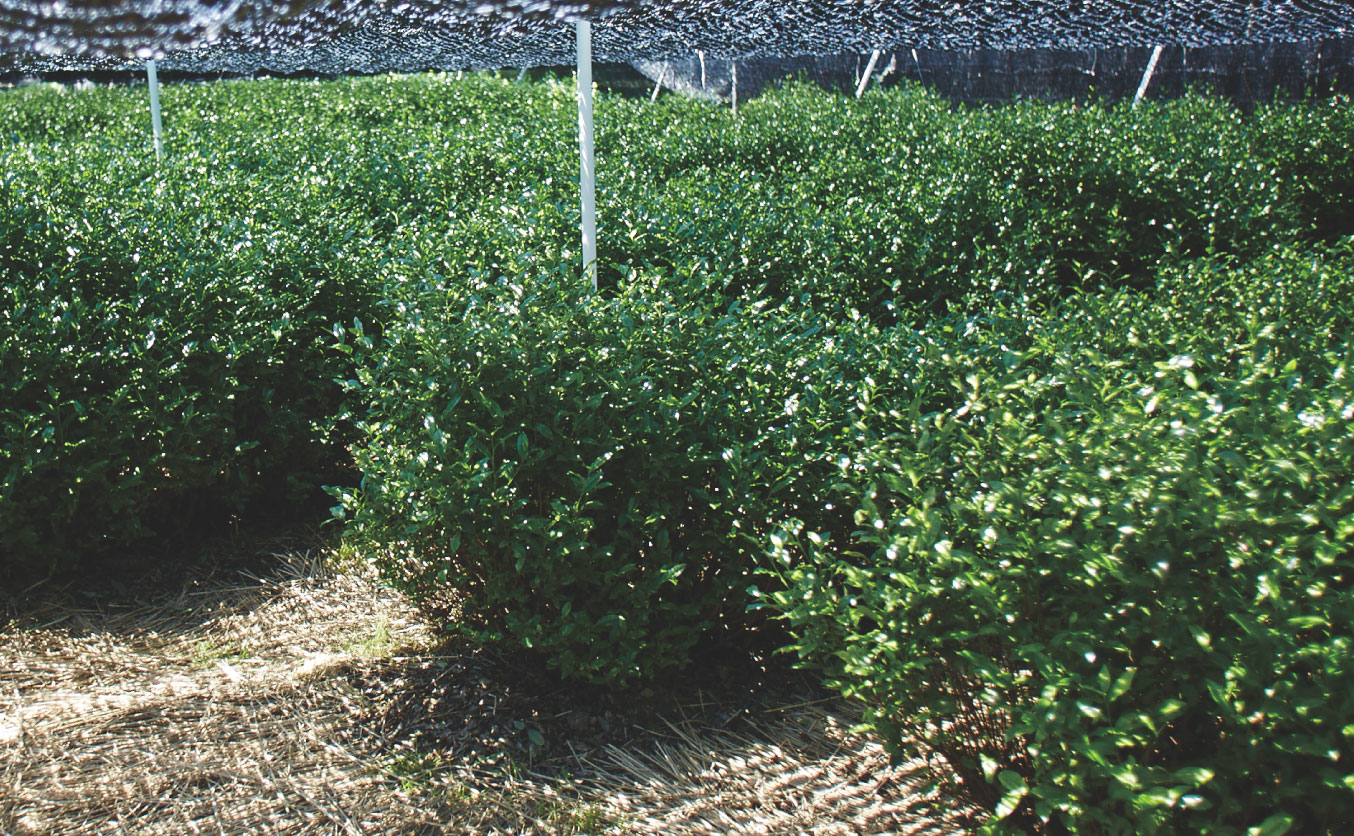
Tencha, the tea leaves that form the raw ingredient of matcha, are given sufficient fertilizer. When the tea buds are sprouting all at once in April, they are covered to block sunlight. This process makes the leaves retain umami (the savory taste) inside and create the unique flavor of matcha called oika.

